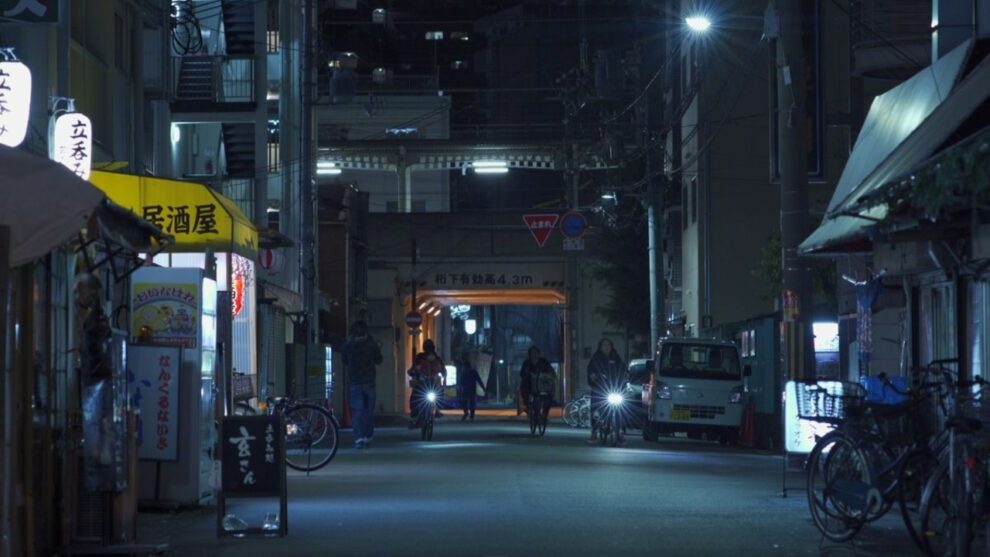The term Johatsu refers to people in Japan who purposely vanish from their established lives without a trace, in a phenomenon that started being mentioned in the 60s but became prevalent in the 90s when the financial issues the country faced led many to disappear to avoid their debts. The stats talk about 80,000 people per year, most of which are found by the police after reported missing. Thousands, however are never found. The concept, which is considered taboo in Japan, has been already implemented in cinema in the iconic “A Man Vanishes” by Shohei Imamura. Andreas Hartman and Arata Mori, however, present a completely different, rather more realistic and thorough take on the topic, by focusing both on the people who disappear and the ‘night-moving' companies that help achieve their disappearance for a price.
Johatsu-Into Thin Air is screening at Thessaloniki Documentary Festival

The best trait of Andreas Hartmann and Arata Mori's work is definitely the thoroughness of their research and the way they present it on screen, covering the concept from every possible angle. In that regard, “Johatsu” deals with the people who run the ‘night-moving' companies, who are soon revealed to be individuals who also ran at some point, their clients, as in the people who run, their reasons and their lives after their escape, and the people who are left behind, not all of which are actually as malevolent as in some cases. In that regard, it is definitely an achievement, considering the essence of the whole concept, how the directors managed to convince these people to appear on camera and talk in detail about their reasons, their current lives and their dreams of the future, in what is, clearly, a series of shocking revelations.
Through this achievement and overall thoroughness, the directors also succeed on highlighting the reasons behind such a rather extreme decision, which frequently entails people leaving their spouses, their kids, and their parents behind. As we listen to people talk about domestic violence, gambling or other debts, stalkers, violent employers, intense family or relationship situations, the pressure they felt before reaching such a decision does become palpable, in a “solution” that is not actually so far from what happens in the West in same situations. Also quite eye-opening is how some of them want to return but feel they cannot, while other are clearly happy with their decision, never wishing to turn back.
The presentation of Nishinari in Osaka, a city which is mentioned by one of the escapees as relaxed and incurious enough to harbor such endeavors adds even more to the portrait, cementing the overall quite analytical approach.
The visuals of the documentary are also on a very high level. Hartmann captures the night scenes, where most of the ‘escapes' take place, in a fashion that points towards a noir film, while toning down this aspect in the segments where people are talking about their experiences, which moves, visually, somewhere between the family drama and the documentary, with the latter definitely being the most dominant. There are moments that the visual, and the overall cinematic approach do look as too art-house, particularly in the long shots that appear throughout the movie, but in general, this aspect is tamed, with the documentary definitely being grounded in reality.
Kai Eiermann's editing is also on a very high level, with the switching from the various people of interest being ideal, both in retaining a certain, relatively fast pace, and for allowing each segment to provide a relief to the other.
“Johatsu-Into Thin Air” skillfully and thoroughly explores Japan's Johatsu phenomenon, in all its complicated glory. The film's high-quality visuals and analytical approach, combined with Kai Eiermann's adept editing, result in a thought-provoking exploration of human psyche that lingers in the mind long after the credits roll.















